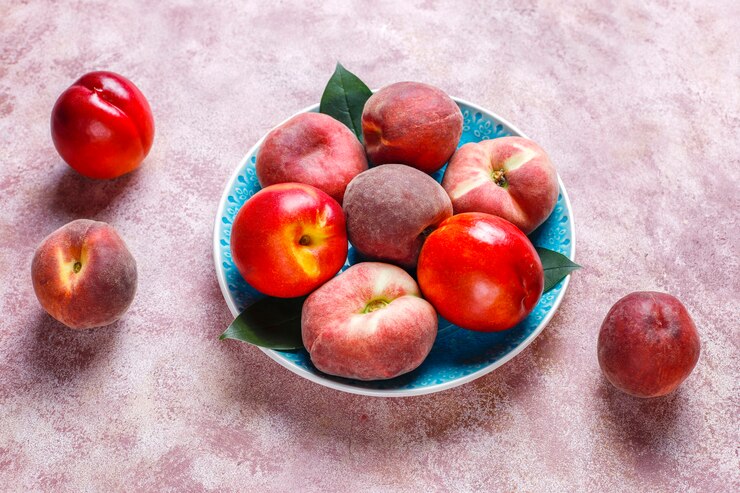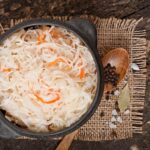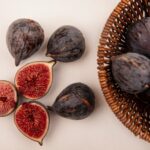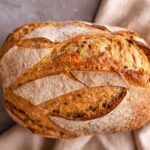Learn something new every day, right?
Food is fascinating—not just because it sustains us, but because it comes with countless quirks and surprises. From the origins of your favorite snacks to mind-blowing facts about fruits and veggies, here are 21 tidbits to feed your curiosity.
- Peaches and nectarines are almost identical.
The difference lies in one gene: peaches have a dominant gene for fuzzy skin, while nectarines have a recessive gene for smooth skin. - McDonald’s fries weren’t always cooked in vegetable oil.
Up until 1990, these iconic fries were cooked in beef fat. The change was made to give them a healthier image. - Glass gem corn is real—and stunning.
Oklahoma farmer Carl Barnes bred this vibrant corn as a tribute to his heritage. Today, you can grow your own multicolored cobs! - Fruit salad trees are a thing.
Developed in Australia, these incredible multi-grafted trees can grow up to six different fruits on a single tree. - German chocolate cake isn’t German.
It’s named after Sam German, the inventor of a type of baking chocolate, and was first popularized by a Texas homemaker’s recipe. - Hawaiian pizza was invented in Canada.
Despite the name, this polarizing pineapple-topped pizza has its roots in Ontario, not Hawaii. - Otis Spunkmeyer has a surprising origin.
The name is a mix of football player Otis Sistrunk and popcorn legend Orville Redenbacher. The founder’s 12-year-old daughter came up with it! - Spam stands for “spice and ham.”
Contrary to urban myths, it’s not “Scientifically Processed Animal Matter.” - Most “wasabi” isn’t real.
What you’re eating is likely just dyed horseradish. Authentic wasabi is expensive and highly perishable. - Cookie Monster doesn’t eat real cookies.
His cookies on Sesame Street are actually painted rice cakes—real cookies would damage the puppets. - Pineapples take years to grow.
A single pineapple can take two to three years to mature. Appreciate the journey next time you grab one at the store! - Butterfinger got a recipe makeover in 2018.
Nestlé changed the recipe, but not everyone was thrilled with the new taste. - Girl Scout Cookies differ by location.
They’re made by two bakeries, leading to slight variations in flavor and even different names, like Samoas vs. Caramel deLites. - Nutmeg has hallucinogenic properties.
In large doses, nutmeg’s myristicin compound can cause hallucinations—but also unpleasant side effects. (So, don’t try it.) - Cashews grow on cashew apples.
The nuts come from the bottom of the fruit, which can also be used to make jams, juices, or chutneys. - Famous Amos cookies have a famous origin.
Before starting his cookie empire, Wally Amos was a talent agent for stars like Diana Ross and Simon & Garfunkel. - Cilantro and fresh coriander are the same plant.
It’s just a difference in terminology—though coriander seeds (from the same plant) are often used as a spice. - Peppers pack more vitamin C than oranges.
Depending on the type, peppers can contain two to three times more vitamin C. - Animal crackers were “freed” in 2018.
After a push from PETA, Nabisco redesigned the iconic box to show uncaged animals in the wild. - Lemons float, but limes sink.
It all comes down to density—lemons are slightly less dense than water, while limes are just dense enough to sink. - One spaghetti noodle is called a “spaghetto.”
That’s right—spaghetti is plural. A single strand is technically called a spaghetto.
What’s your favorite food fact? Share it below and keep the conversation delicious! 🍴








